It was only in 2017 that construction of the first mass timber highrise building in the United States was approved. Since then, things have changed dramatically.
As of December 2022, nearly 1,700 mass timber construction (MTC) projects in the multi-family, commercial or institutional categories had either been completed, were underway or were in the design stage across the country, according to wood building advocacy organization WoodWorks.
Texas is quickly catching up with the rest of the country. Heading into 2023, WoodWorks says 50 mass timber projects are complete or underway and another 84 are in the design phase.
Texas is now realizing the benefits from changes in the 2021 International Building Code, used by the state for industrialized housing and buildings. For business occupancy, Type IV-A will allow buildings with 18 storeys up to 270 feet tall with no exposed mass timber components. Type IV-B will allow 12 storeys up to 180 feet with some exposed mass timber elements, and Type IV-C will allow nine storeys up to 85 feet with almost all interior mass timber exposed.
Mass timber can help reduce the embodied carbons associated with construction, due to in part to the inherent ability of trees to absorb and store carbon emitted into the atmosphere. This sustainability advantage over traditional materials like steel and concrete is attractive to investors at a time when the “E” in ESG (Environmental Social Governance) can be a key investment decision factor.
Mind you, Texas has publicly rebuked ESGs. Last August, it barred 348 specific funds and 10 asset management funds that “boycott energy companies” from doing business with state agencies.
However, project developers have learned building with mass timber has several other advantages, all of which play to the bottom line.
MTC involves high levels of prefabrication. Components and modules are constructed in factory settings and then transported to the worksite for assembly. This can speed completion and reduce the numbers of site workers required, assuming the project’s supply chain is set up appropriately.
Of course, whether wholly built from wood, or a wood-steel-concrete composite, there is no guarantee using MTC will be less expensive. Much depends on the building’s design.
Texas developers are learning from the positive experiences of developers in other states, notably that tenants are attracted to the look of exposed wood components on the building’s exterior and interior. That visual appeal can help a developer differentiate their project from others in today’s competitive commercial space environment.
As an example, Houston-based Howard Hughes Corporation (HHC) leveraged its choice of MTC for a 49,000 square foot office building to draw attention to a planned 925-acre expansion of Bridgeland, its master-plan community northwest of the city. It’s a progressive start for a development company with significant holdings in Texas.
HHC’s announcement last October spoke directly about its corporate environmental objectives as represented by the proposed building.
“Prioritizing sustainability and resiliency is at the forefront of our long-term approach to developing large-scale master planned communities where people want to live for generations,” said Jim Carman, president of the Houston Region for HHC. “This first-of-its-kind project in the region exemplifies our commitment throughout Bridgeland to exploring cutting-edge sustainability within office design.”
The company says the new building will also use low-carbon concrete and zinc cladding alongside “renewable energy and high performance systems.” The net result is an expected GHG savings of 20 per cent during construction versus a building built from steel and concrete and a 25 per cent reduction in operational energy use. Water consumption will be reduced by 98 per cent with the inclusion of rainwater and an HVAC condensate harvesting cistern.
Mass timber in Texas faces challenges though, particularly when it comes to procurement. The state’s forestry industry does not produce the large trees suitable for mass timber components at scale, nor is it home to any MTC component fabricators. That means transportation from as far away as Idaho, Montana and Canada.
Nevertheless, mass timber’s growing momentum across the United States is clearly visible in Texas. MTC’s lower carbon footprint and good looks encourages the inclusion of other energy savings features in both the building process and in building operations.
Mass timber is also fostering a fresh new style of urban architecture. Wood buildings are strikingly different from those built of steel and concrete. Their visibility brings attention, by way of example, to how a more environmentally sustainable building model can be effective, attractive and financially rewarding.


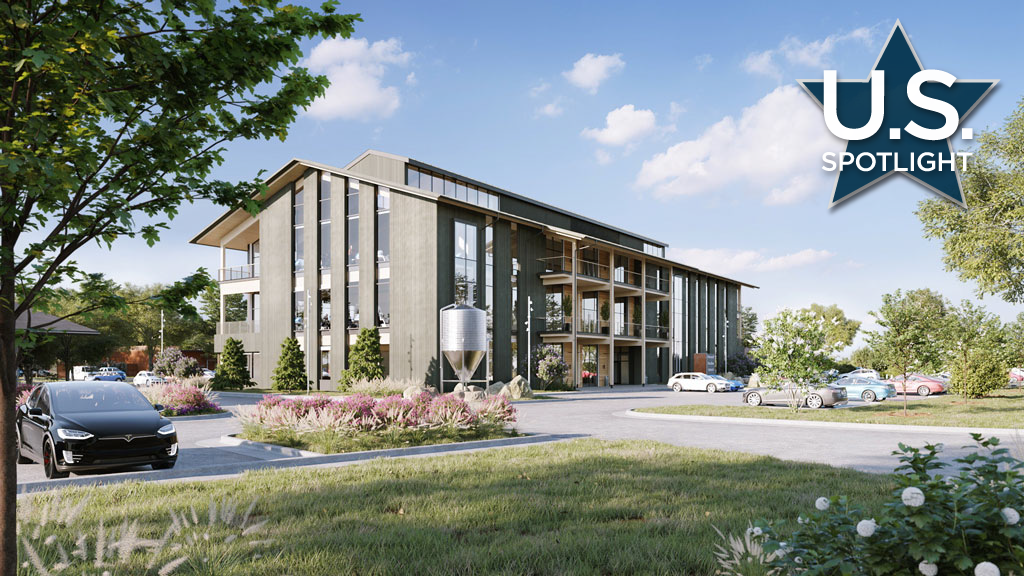
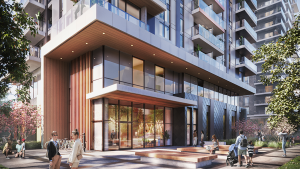

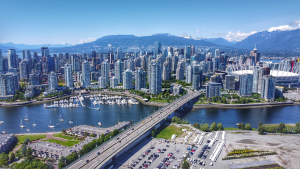

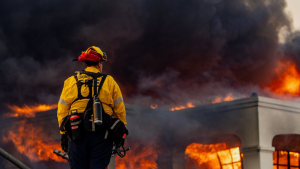
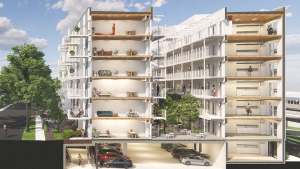

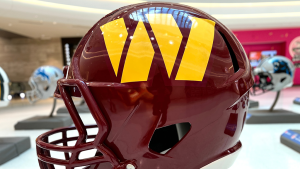
Recent Comments
comments for this post are closed